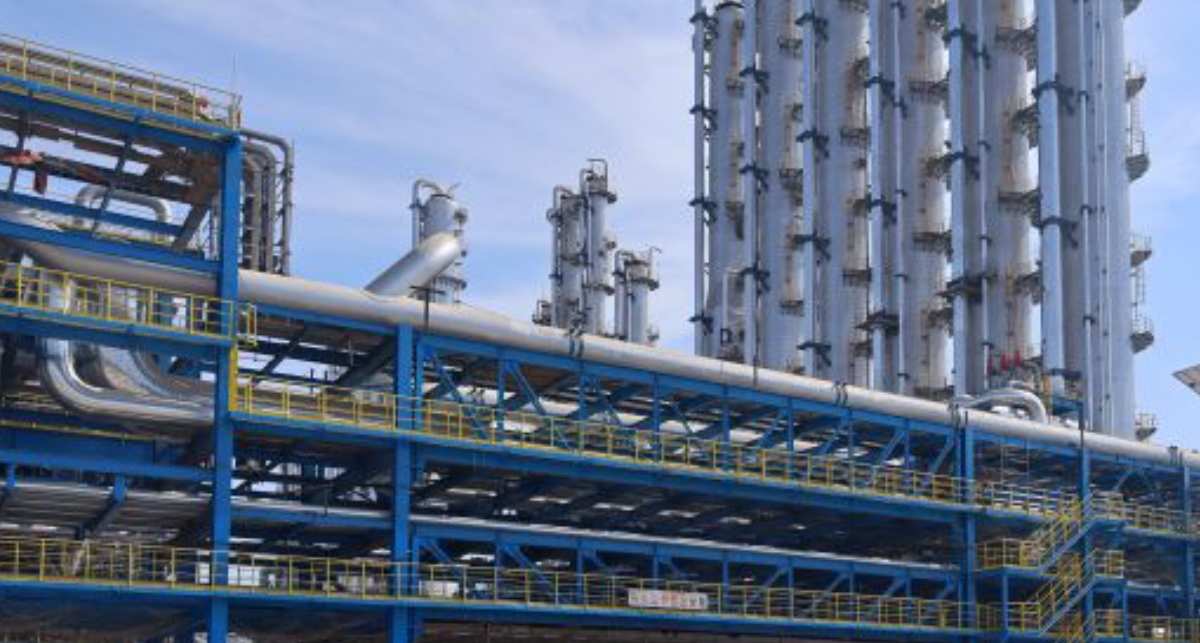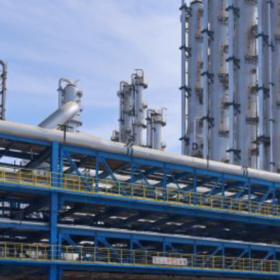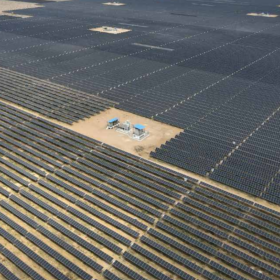As the tariff war between the United States and China intensifies, Indian solar manufacturers find themselves at a pivotal juncture—positioned to gain from escalating trade tensions and shifting global supply chains. The latest wave of U.S. tariffs on Chinese solar imports and their associated suppliers in Southeast Asia has created a unique opportunity for India to cement itself as a reliable partner in America’s clean energy transition.
Understanding the U.S.-China solar tariff landscape
As of April 22, 2025, the U.S. has enforced a flat 50% tariff on solar modules and cells directly imported from China. However, Chinese companies with manufacturing bases outside of mainland China are facing even steeper, company-specific duties that vary drastically across countries like Cambodia, Malaysia, Thailand, and Vietnam:
- Cambodia: Duties range from 8.25% (Solarspace) to 125.37% (LONGi-linked firms) and over 3,500% for others.
- Malaysia: Jinko Solar faces up to 41%, Hanwha Q CELLS 14.72%, while some others face rates over 80%.
- Thailand: Trina Solar bears a staggering 19%, with other firms seeing over 150% to nearly 78%.
- Vietnam: Tariffs go as high as 84%, with major names like JA Solar and Jinko Solar incurring duties of 81% and 164%, respectively.
Although the U.S. previously signaled an easing of trade restrictions by excluding solar cells from the 125% reciprocal tariff on select Chinese goods, the 50% base tariff continues to apply, complicating the trade picture. This ambiguity has led to confusion, especially with references to a 60% tariff on Chinese solar imports, likely a result of compounding multiple levies and restrictions.
India’s window of opportunity
This turbulent scenario has allowed Indian solar firms to strategically reposition themselves. While India does face a 26% reciprocal tariff on its solar exports to the U.S., this remains modest compared to the 49%, 46%, and 36% tariffs imposed on exports from Cambodia, Vietnam, and Thailand respectively. This pricing advantage—combined with geopolitical stability and quality improvements—gives Indian manufacturers a strong foothold in the American market.
Despite India’s increasing reliance on Chinese PV cells (rising from 44% to 56% between FY23 and FY24), its dependence on Chinese modules has significantly declined from 93% to 65%. Meanwhile, the U.S., with a relatively weak domestic solar manufacturing base, is expected to depend on imports for the next 2–3 years. This opens the door for India to ramp up exports, which are projected to reach 7–8 GW in FY25, much of it headed toward the U.S.
Domestic policies support export readiness
India’s domestic tariff regime on Chinese solar imports further reflects its strategy to bolster local manufacturing. The government currently imposes:
- Modules: 20% basic customs duty (BCD) + 20% agriculture infrastructure and development cess (AIDC)
- Cells: 20% BCD + 7.5% AIDC
- Solar Glass: Anti-dumping duty (ADD) up to $677/MT + 10% BCD
- Aluminum Frames: ADD up to $577/MT
These protectionist measures aim to curb low-cost Chinese dumping while incentivizing homegrown production. With India boasting a 74 GW solar module production capacity and 25 GW of cell capacity, it is well-positioned to meet growing global demand and contribute significantly to the clean energy goals of major economies.
Strategic partnerships on the horizon
Leading Indian companies are already the largest exporter of modules and cells to the U.S., are expected to benefit substantially from this shifting dynamic. With U.S. President Trump’s tariff policies redirecting global supply chains, Indian firms are not only looking to expand exports but also forge strategic clean energy partnerships with American utilities and developers.
As the U.S. targets the installation of 739 GW of solar capacity by 2035, Indian companies could become integral to fulfilling this vision. This moment provides a compelling opportunity for India’s solar sector to integrate deeper into the global clean energy ecosystem, drive innovation, and build long-term strategic alliances with the West.
While the tariff war between the U.S. and China presents challenges to global trade stability, it also opens up crucial opportunities for Indian solar firms. Through strategic alignment, domestic policy support, and favorable international positioning, India stands to strengthen its role in the global clean energy supply chain. As countries across the world race toward decarbonization, Indian solar manufacturers are well-poised to shine on the global stage.
The views and opinions expressed in this article are the author’s own, and do not necessarily reflect those held by pv magazine.
This content is protected by copyright and may not be reused. If you want to cooperate with us and would like to reuse some of our content, please contact: editors@pv-magazine.com.








By submitting this form you agree to pv magazine using your data for the purposes of publishing your comment.
Your personal data will only be disclosed or otherwise transmitted to third parties for the purposes of spam filtering or if this is necessary for technical maintenance of the website. Any other transfer to third parties will not take place unless this is justified on the basis of applicable data protection regulations or if pv magazine is legally obliged to do so.
You may revoke this consent at any time with effect for the future, in which case your personal data will be deleted immediately. Otherwise, your data will be deleted if pv magazine has processed your request or the purpose of data storage is fulfilled.
Further information on data privacy can be found in our Data Protection Policy.